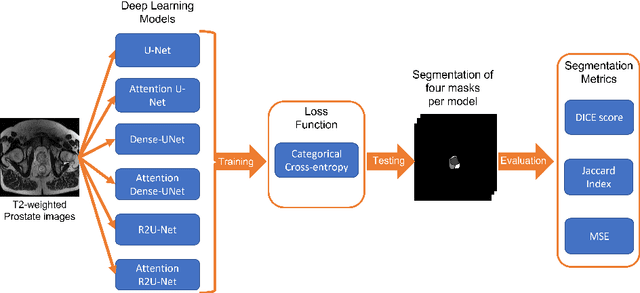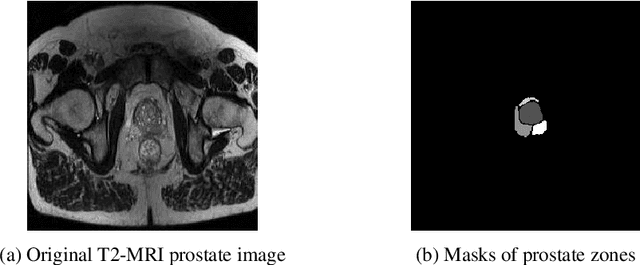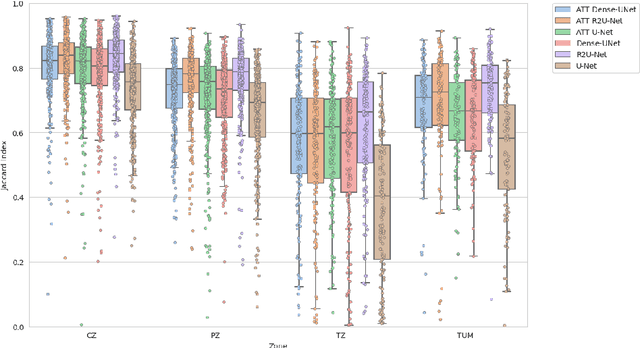Gerardo Rodriguez-Hernandez
Configuration Interaction Guided Sampling with Interpretable Restricted Boltzmann Machine
Sep 10, 2024Abstract:We propose a data-driven approach using a Restricted Boltzmann Machine (RBM) to solve the Schr\"odinger equation in configuration space. Traditional Configuration Interaction (CI) methods, while powerful, are computationally expensive due to the large number of determinants required. Our approach leverages RBMs to efficiently identify and sample the most significant determinants, accelerating convergence and reducing computational cost. This method achieves up to 99.99\% of the correlation energy even by four orders of magnitude less determinants compared to full CI calculations and up to two orders of magnitude less than previous state of the art works. Additionally, our study demonstrate that the RBM can learn the underlying quantum properties, providing more detail insights than other methods . This innovative data-driven approach offers a promising tool for quantum chemistry, enhancing both efficiency and understanding of complex systems.
An FPGA smart camera implementation of segmentation models for drone wildfire imagery
Sep 04, 2023Abstract:Wildfires represent one of the most relevant natural disasters worldwide, due to their impact on various societal and environmental levels. Thus, a significant amount of research has been carried out to investigate and apply computer vision techniques to address this problem. One of the most promising approaches for wildfire fighting is the use of drones equipped with visible and infrared cameras for the detection, monitoring, and fire spread assessment in a remote manner but in close proximity to the affected areas. However, implementing effective computer vision algorithms on board is often prohibitive since deploying full-precision deep learning models running on GPU is not a viable option, due to their high power consumption and the limited payload a drone can handle. Thus, in this work, we posit that smart cameras, based on low-power consumption field-programmable gate arrays (FPGAs), in tandem with binarized neural networks (BNNs), represent a cost-effective alternative for implementing onboard computing on the edge. Herein we present the implementation of a segmentation model applied to the Corsican Fire Database. We optimized an existing U-Net model for such a task and ported the model to an edge device (a Xilinx Ultra96-v2 FPGA). By pruning and quantizing the original model, we reduce the number of parameters by 90%. Furthermore, additional optimizations enabled us to increase the throughput of the original model from 8 frames per second (FPS) to 33.63 FPS without loss in the segmentation performance: our model obtained 0.912 in Matthews correlation coefficient (MCC),0.915 in F1 score and 0.870 in Hafiane quality index (HAF), and comparable qualitative segmentation results when contrasted to the original full-precision model. The final model was integrated into a low-cost FPGA, which was used to implement a neural network accelerator.
Comparison of automatic prostate zones segmentation models in MRI images using U-net-like architectures
Jul 19, 2022



Abstract:Prostate cancer is the second-most frequently diagnosed cancer and the sixth leading cause of cancer death in males worldwide. The main problem that specialists face during the diagnosis of prostate cancer is the localization of Regions of Interest (ROI) containing a tumor tissue. Currently, the segmentation of this ROI in most cases is carried out manually by expert doctors, but the procedure is plagued with low detection rates (of about 27-44%) or overdiagnosis in some patients. Therefore, several research works have tackled the challenge of automatically segmenting and extracting features of the ROI from magnetic resonance images, as this process can greatly facilitate many diagnostic and therapeutic applications. However, the lack of clear prostate boundaries, the heterogeneity inherent to the prostate tissue, and the variety of prostate shapes makes this process very difficult to automate.In this work, six deep learning models were trained and analyzed with a dataset of MRI images obtained from the Centre Hospitalaire de Dijon and Universitat Politecnica de Catalunya. We carried out a comparison of multiple deep learning models (i.e. U-Net, Attention U-Net, Dense-UNet, Attention Dense-UNet, R2U-Net, and Attention R2U-Net) using categorical cross-entropy loss function. The analysis was performed using three metrics commonly used for image segmentation: Dice score, Jaccard index, and mean squared error. The model that give us the best result segmenting all the zones was R2U-Net, which achieved 0.869, 0.782, and 0.00013 for Dice, Jaccard and mean squared error, respectively.
Computer Vision-based Characterization of Large-scale Jet Flames using a Synthetic Infrared Image Generation Approach
Jun 05, 2022



Abstract:Among the different kinds of fire accidents that can occur during industrial activities that involve hazardous materials, jet fires are one of the lesser-known types. This is because they are often involved in a process that generates a sequence of other accidents of greater magnitude, known as domino effect. Flame impingement usually causes domino effects, and jet fires present specific features that can significantly increase the probability of this happening. These features become relevant from a risk analysis perspective, making their proper characterization a crucial task. Deep Learning approaches have become extensively used for tasks such as jet fire characterization; however, these methods are heavily dependent on the amount of data and the quality of the labels. Data acquisition of jet fires involve expensive experiments, especially so if infrared imagery is used. Therefore, this paper proposes the use of Generative Adversarial Networks to produce plausible infrared images from visible ones, making experiments less expensive and allowing for other potential applications. The results suggest that it is possible to realistically replicate the results for experiments carried out using both visible and infrared cameras. The obtained results are compared with some previous experiments, and it is shown that similar results were obtained.
 Add to Chrome
Add to Chrome Add to Firefox
Add to Firefox Add to Edge
Add to Edge